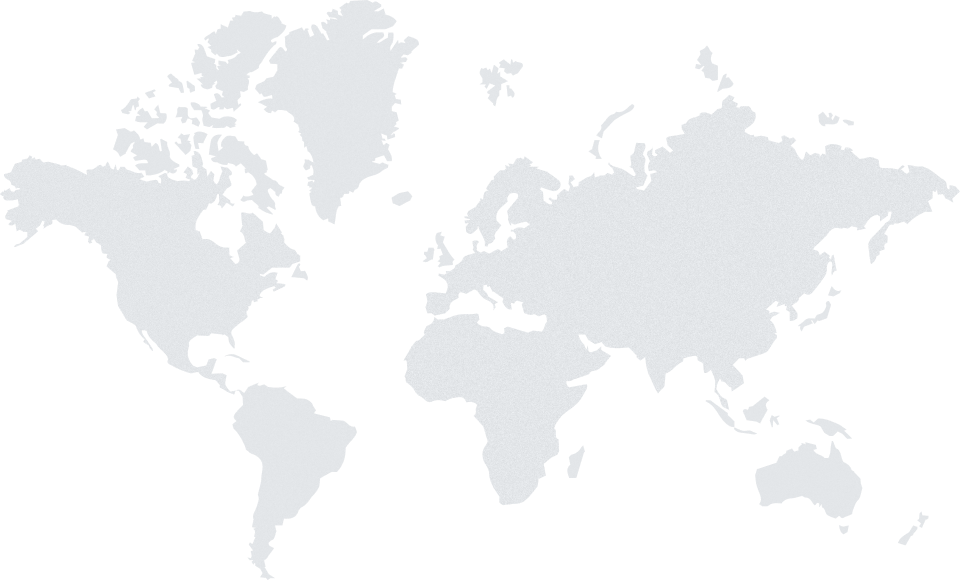Springtime
The different histories of Teachers’ Day: honoring educators in USA, India, China, Mexico, and Brazil
Teachers have always been one of the most important parts of society. Countries and cultures honor educators in many ways and on different dates. Learn more about the history of Teachers’ Day in different places and the important people involved in the process: Eleanor Roosevelt, Dr Sarvepalli Radhakrishnan, Confucius, Pope Pius XII, Pedro I…
































